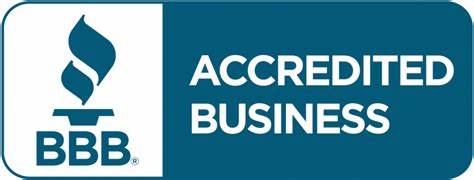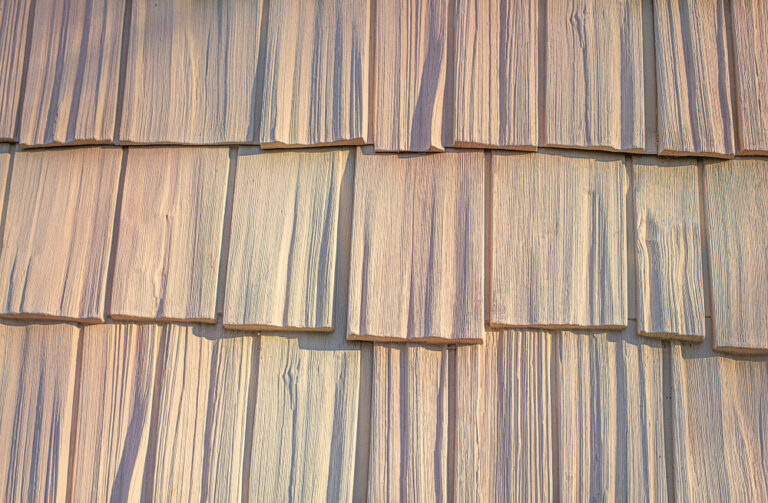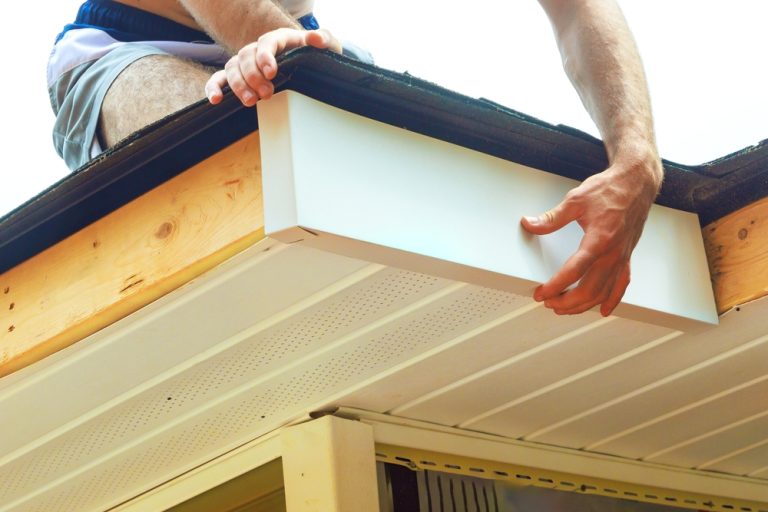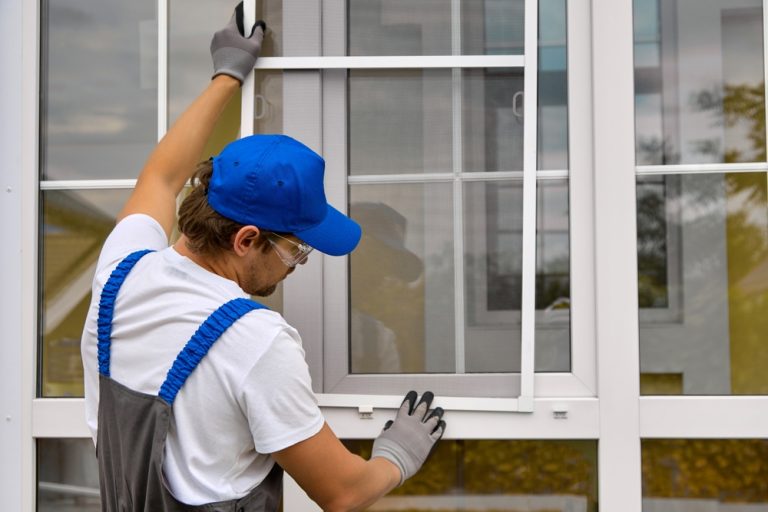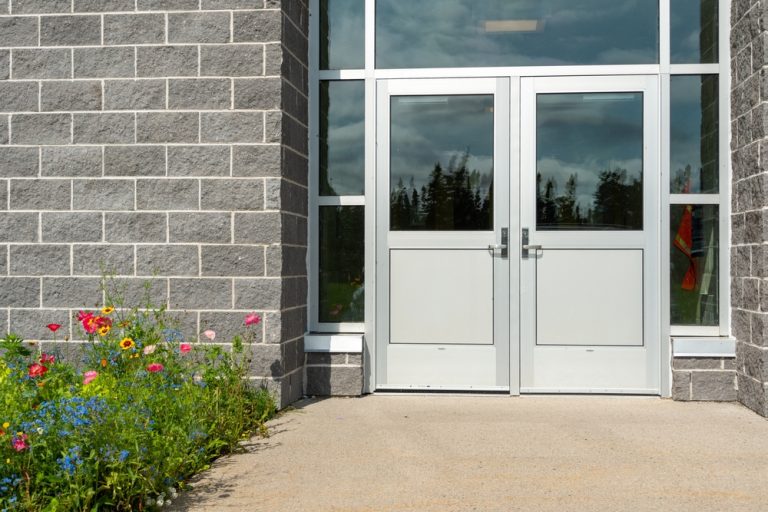How to Pressure Wash a House with Vinyl Siding (Without Damaging It)?
If you’ve been wondering how to pressure wash a house with vinyl siding without causing damage, you’re not alone, especially in East and Central Florida, or really anywhere in Florida. The humidity here is constant. Afternoon thunderstorms stir up dirt, and if you live closer to the coast, that salty air sticks to everything. Vinyl siding might look low-maintenance, but at some point, it may not stay clean for long. Then there’s the algae. It starts slow, usually in the shady spots, and before you know it, your siding has a green tint all over.
So, you grab your pressure washer. How hard can it be, right? Point. Spray. Done. Except, well, not quite. Vinyl siding is sturdy but not invincible. Too much pressure can crack panels. The wrong angle forces water behind the siding, and you don’t see the damage until months later: warping, mold, and even rot. We’ve seen it happen more times than we’d like. At All Florida Exteriors, we are often called to fix siding that was “just cleaned” a few weeks ago.
This guide isn’t here to scare you off pressure washing. It’s here to help you do it right, or at least know when it might be smarter to call in help. Because clean siding? Absolutely doable. Clean siding without damage? That’s the part that takes some thought.
Why Vinyl Siding in Florida Needs More TLC
Here’s the thing about Florida: it’s not just that it’s hot. It’s wet. Even if you’re inland, humidity sits heavy in the air. And vinyl siding? It holds up well against moisture, but it’s not immune. Algae, mildew, and mold love our climate; they grow faster here than in drier regions. Near the coast, salt gets into everything. That sticky film on your car? It’s on your siding too.
That’s why pressure washing feels like a quick fix. And it works, but only if you respect what the siding can handle. Jacksonville homeowners, in particular, juggle this; many live in HOA communities where curb appeal isn’t optional. So people rush it, crank up the power washer, and… well, it’s not pretty.
We’ve seen brittle panels snap. We’ve seen laps of horizontal siding loosen because someone sprayed upward. Those repairs aren’t cheap, which is why we always suggest: go slower, use less pressure, and think about the tools before you turn the water on.
Safety First (Because Nobody Plans to End Up on the Ground)
Pressure washing looks easy in YouTube videos. The person is smiling, the siding is gleaming, and no one mentions the ladder wobble or the moment they sprayed a wasp nest by accident.
A few things to keep in mind:
- Gear matters. Goggles aren’t overkill. A long-sleeve shirt? Yes. Gloves? Also yes. The water bounces dirt and cleaning chemicals back at you. It stings.
- Ladders are tricky. Most injuries happen when someone stretches just a bit too far with an extension wand. That’s why telescoping wands exist; they reach the high spots without you having to balance on a ladder like a gymnast.
- Electricity and water don’t mix. Cover outdoor outlets. Be cautious around light fixtures.
And if you read that and think, “Maybe I’ll let someone else handle this,” you’re not alone. Plenty of Jacksonville homeowners call professionals for exactly that reason. The risk just doesn’t feel worth it.
The Right Pressure, The Right Tools
Here’s where things get technical but not complicated. Pressure washers measure force in PSI (pounds per square inch). For vinyl siding, you don’t need the max setting. In fact, too much PSI is the fastest way to crack siding.
- Safe range: 1,300–1,600 PSI for most vinyl siding. 2,000 PSI tops, and that’s only for stubborn moss build-up or green algae.
- Nozzle choice matters. Use a 25° or 40° pressure nozzle. The red zero-degree nozzle? Leave it in the box. It’s a siding killer.
- Consider soft washing. If your siding is older or has any signs of brittleness, a soft wash approach, using low pressure plus detergent, gets the job done without the risk.
Other tools that help:
- Extension or telescoping wand: Keeps your feet on the ground.
- Rotating brush or surface cleaner: For stubborn patches without blasting the siding.
- Soft brush: Handy for spots pressure washing shouldn’t touch (like painted surfaces or around windows).
Some homeowners swear by their garden hose and a good cleaning solution for light maintenance. That’s fine for a quick rinse, but a pressure washer—used correctly—cleans deeper.
Step by Step: How to Pressure Wash Vinyl Siding Without Wrecking It
Here’s the part most people skim for, but don’t. A little prep saves you a lot of regret.
1. Prep your space. Move patio furniture, grills, and potted plants. Cover shrubs with a tarp. Tape plastic over electrical outlets. If you have a house wash container for your pressure washer, set it up.
2. Pick your cleaning solution. There’s a lot of debate here. Some people swear by bleach solution (sodium hypochlorite). It works, but it’s harsh; it kills algae but also burns your grass. If you go this route, dilute it heavily (about one part bleach to ten parts water). Or go easier: use an algae-off product, such as Wet & Forget, or any other environmentally friendly cleaning concentrate. Even white vinegar mixed with water works on mild algae growth.
3. Test a small spot. A simple thing most people skip. Try your detergent solution on a tucked-away area. Check for discoloration.
4. Start from the bottom. Work upward with the wash solution, then rinse from top to bottom. Sounds backwards? It is, but if you start at the top, dirty water streaks down and stains the clean areas.
5. Keep your distance. Hold the pressure washer 12–16 inches away from the siding. Too close, and you risk siding damage.
6. Spray at the right angle. Aim straight on or slightly downward. Never spray upward under the laps of horizontal siding. That’s how water sneaks behind panels.
7. Work in sections. About 3–4 feet at a time. Wash, rinse, move on. Don’t let detergent dry on the siding.
8. Final rinse. Flush the siding with clean water; don’t leave cleaning chemicals sitting there.
Florida bonus tip: If you live near the beach, even a light rinse with just the garden hose every few months helps. Salt won’t cake on as much, which means fewer deep cleans.
Common Mistakes (and How to Dodge Them)
- Too much pressure. You can pressure wash oxidized paint or even concrete, but siding is different. Overdo it, and you’ll see cracks by sunset.
- Spraying upward. Water behind siding is a hidden disaster. You won’t see the damage for weeks.
- Wrong chemicals. Straight bleach? Too harsh. Industrial cleaners? They strip color.
- Ignoring the warranty. Many siding warranties are voided if pressure washing is done incorrectly.
- Letting algae win. Waiting too long between cleanings lets moss build up and algae roots grow deeper, especially in Florida’s shady spots.
When It’s Time to Replace Your Siding Instead
Sometimes, power washing just isn’t going to cut it. If you’re dealing with any of these issues, it might be time to stop cleaning and start thinking about replacement:
- Cracks, warping, or soft spots that don’t go away
- Stains that keep coming back, even after a deep clean
- Siding that’s pulling away from the wall or has visible gaps
- Mold or mildew growing underneath the panels
- Damage that makes your home look dated or lowers curb appeal
When it’s time for a fresh start, All Florida Exteriors is here to help. If you’ve been searching for siding contractors near me, we’re the local team Jacksonville homeowners trust for quality materials and expert installation. We’ll help you upgrade to siding that lasts longer, looks better, and stands up to Florida’s climate.
Why a Siding Company Cares About How You Pressure Wash
Here’s the thing: We’ve been called to fix and replace too many “oops” jobs. A homeowner power-washed, and a week later, panels started to pop loose. Or the siding looked clean, but the spray forced water into the sheathing. That trapped moisture turns into mold you don’t see until your next project.
When we install siding, we want it to last. Which means we care how you maintain it. Proper cleaning keeps your investment looking good. We’re siding specialists. That means we don’t just install panels. We help you protect what you already have.
Final Words
Wondering how to pressure wash a house with vinyl siding without making a mess of it? It doesn’t have to feel like defusing a bomb. With the right tools, the right pressure level, and a little patience, you can handle it yourself. But sometimes, cleaning isn’t enough. If your siding is warped, cracked, faded, or coming loose, it may be time to consider replacing it altogether.
All Florida Exteriors has been helping Jacksonville homeowners with siding for years. A fresh installation not only enhances curb appeal; it protects your home long-term. Because a house that looks good isn’t just about today, it’s about keeping it that way.
Not sure if your siding can be saved or if it’s time to start over? We can take a look and help you decide. When it’s time for new siding, contact us! We’ll make sure the job gets done right.
FAQ
Q1. Can I use bleach on vinyl siding in Florida?
A1. Yes, but cautiously. Use a diluted bleach solution, and rinse thoroughly. Too much bleach burns grass, kills plants, and can discolor siding.
Q2. What PSI is safe for vinyl siding?
A2. Stick to 1,300–1,600 PSI. Go higher only if absolutely necessary and from a safe distance.
Q3. How often should I pressure wash siding in Jacksonville?
A3. Once a year is typical. Twice if you live near the beach or under heavy tree cover.
Q4. Can pressure washing void my siding warranty?
A4. Yes, if you do it wrong. Read the fine print. Or, call a pro.
Q5. Is soft washing better than pressure washing?
A5. Sometimes, yes. For older siding or delicate spots, soft washing with a cleaning solution is safer.


